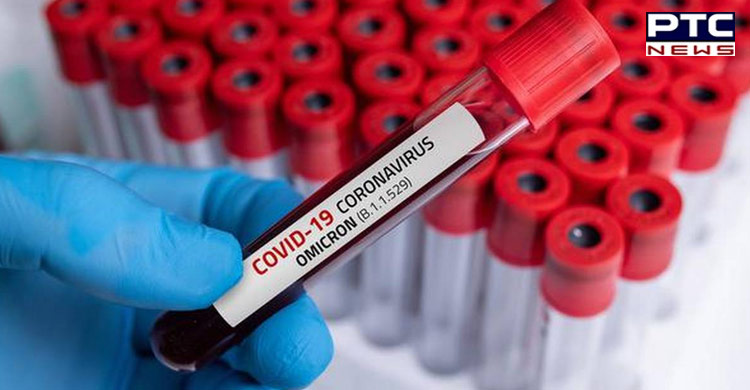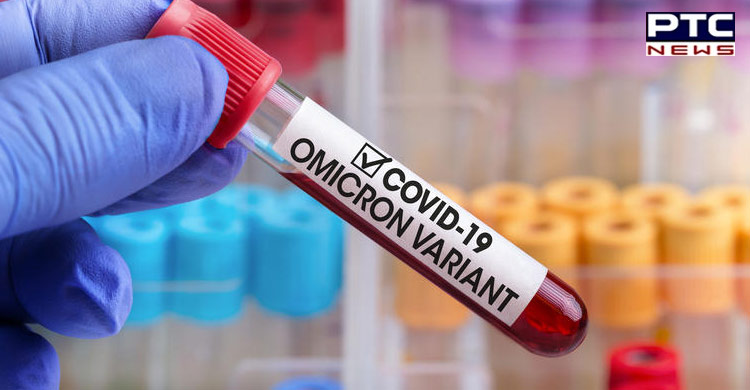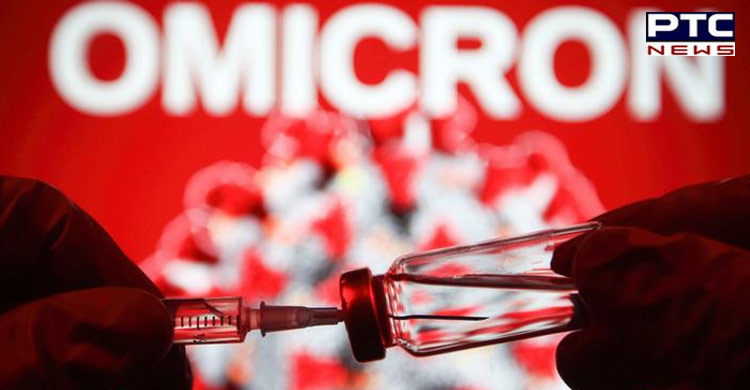Covid-19: Study shows evidence of Omicron's community transmission
New Delhi: Most of new Covid-19 variant Omicron patients during the last week of December 2021 had no travel history, which indicates that there is eventual community transmission, says to a study conducted by the Department of Clinical Virology, Institute of Liver and Biliary Sciences, New Delhi.

"The respiratory specimen of all RT-PCR confirmed positive cases between November 25 and December 23, 2021, collected from five districts of Delhi were subjected to whole-genome sequencing. Complete demographic and clinical details were also recorded. Hence, we analysed the formation of local and familial clusters and eventual community transmission of Covid-19 new variant Omicron," the study noted.
 Also read | PTC Vichar Taqrar: Farmers’ political plunge ‘giving’ jitters to AAP
Also read | PTC Vichar Taqrar: Farmers’ political plunge ‘giving’ jitters to AAP
The study also states that around 60.9 per cent of Covid-19 infected people showed a community spread. "Out of the 264 cases during this study period, 68.9 per cent (n=182) were identified as Delta variant and its sub-lineages while 31.06 per cent (n=82) were Omicron variant with BA.1 as the predominant sub-lineage (73.1 per cent)," it further read.
It stated that most of the Omicron cases were asymptomatic (n=50.61 per cent) and did not require any hospitalisations.
"A total of 72 (87.8 per cent) cases were fully vaccinated. Around 39.1 per cent (n=32) had a history of travel or contacts while 60.9 per cent (n=50) showed a community transmission," it added. The study shows a steep increase in the daily progression of Omicron cases with its preponderance in the community which was observed from 1.8 per cent to 54 per cent.
 Also read| Watch video: Army displays new combat uniform on Army Day
Also read| Watch video: Army displays new combat uniform on Army Day
As per the interpretation of the study, this is among the first from India to provide the evidence of community transmission of Omicron of coronavirus infection with significantly increased breakthrough infections, decreased hospitalisation rates, and a lower rate of symptomatic infections among individuals with high seropositivity against SARS-CoV-2 infections.
